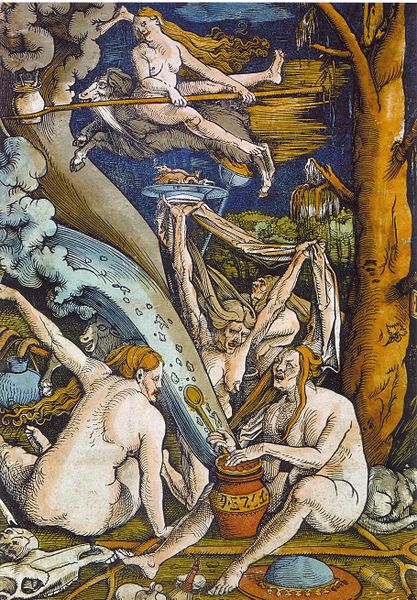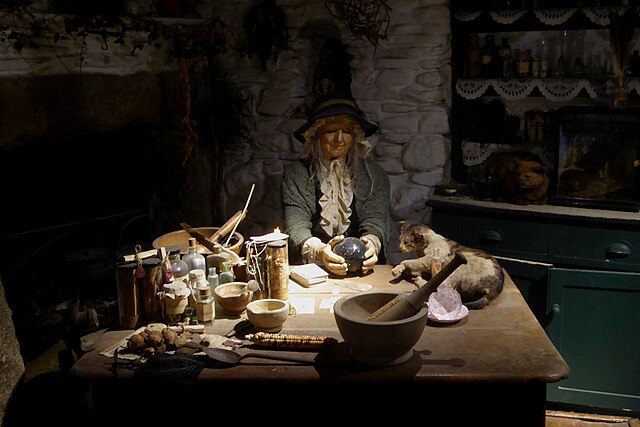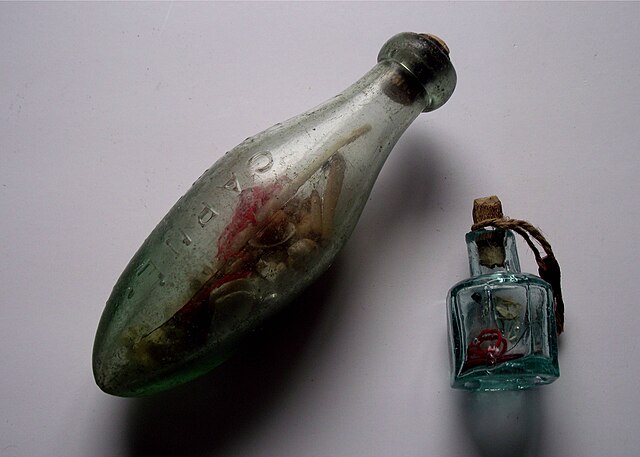In Africa, witchcraft refers to various beliefs and practices. These beliefs often play a significant role in shaping social dynamics and can influence how communities address challenges and seek spiritual assistance. However much of what witchcraft represents in Africa has been susceptible to misunderstandings and confusion, thanks in no small part to a tendency among western scholars since the time of Margaret Murray to approach the subject through a comparative lens vis-a-vis European witchcraft. The definition of witchcraft differs between Africans and Europeans which causes misunderstandings of African conjure practices among Europeans. While some colonialists tried to eradicate witch hunting by introducing legislation to prohibit accusations of witchcraft, some of the countries where this was the case have formally recognized the existence of witchcraft via the law. This has produced an environment that encourages persecution of suspected witches.

Zulu healer dancing to remove pleurisy, South Africa
Akose Babalawo prepares spiritual medicines recipes received from ancestral spirits for healing and removal of curses
Power figure (nkisi nkondi) from Lower Congo is made to hunt witches
Candomblé Divination Set in the Horniman Museum
Witchcraft, as most commonly understood in both historical and present-day communities, is the use of alleged supernatural powers of magic. A witch is a practitioner of witchcraft. Traditionally, "witchcraft" means the use of magic or supernatural powers to inflict harm or misfortune on others, and this remains the most common and widespread meaning. According to Encyclopedia Britannica, "Witchcraft thus defined exists more in the imagination of contemporaries than in any objective reality. Yet this stereotype has a long history and has constituted for many cultures a viable explanation of evil in the world". The belief in witchcraft has been found in a great number of societies worldwide. Anthropologists have applied the English term "witchcraft" to similar beliefs in occult practices in many different cultures, and societies that have adopted the English language have often internalised the term.
The Witches by Hans Baldung (woodcut), 1508
Preparation for the Witches' Sabbath by David Teniers the Younger. It shows a witch brewing a potion overlooked by her familiar spirit or a demon; items on the floor for casting a spell; and another witch reading from a grimoire while anointing the buttocks of a young witch about to fly upon an inverted besom.
Diorama of a cunning woman or wise woman in the Museum of Witchcraft and Magic
A witch bottle, used as counter-magic against witchcraft








